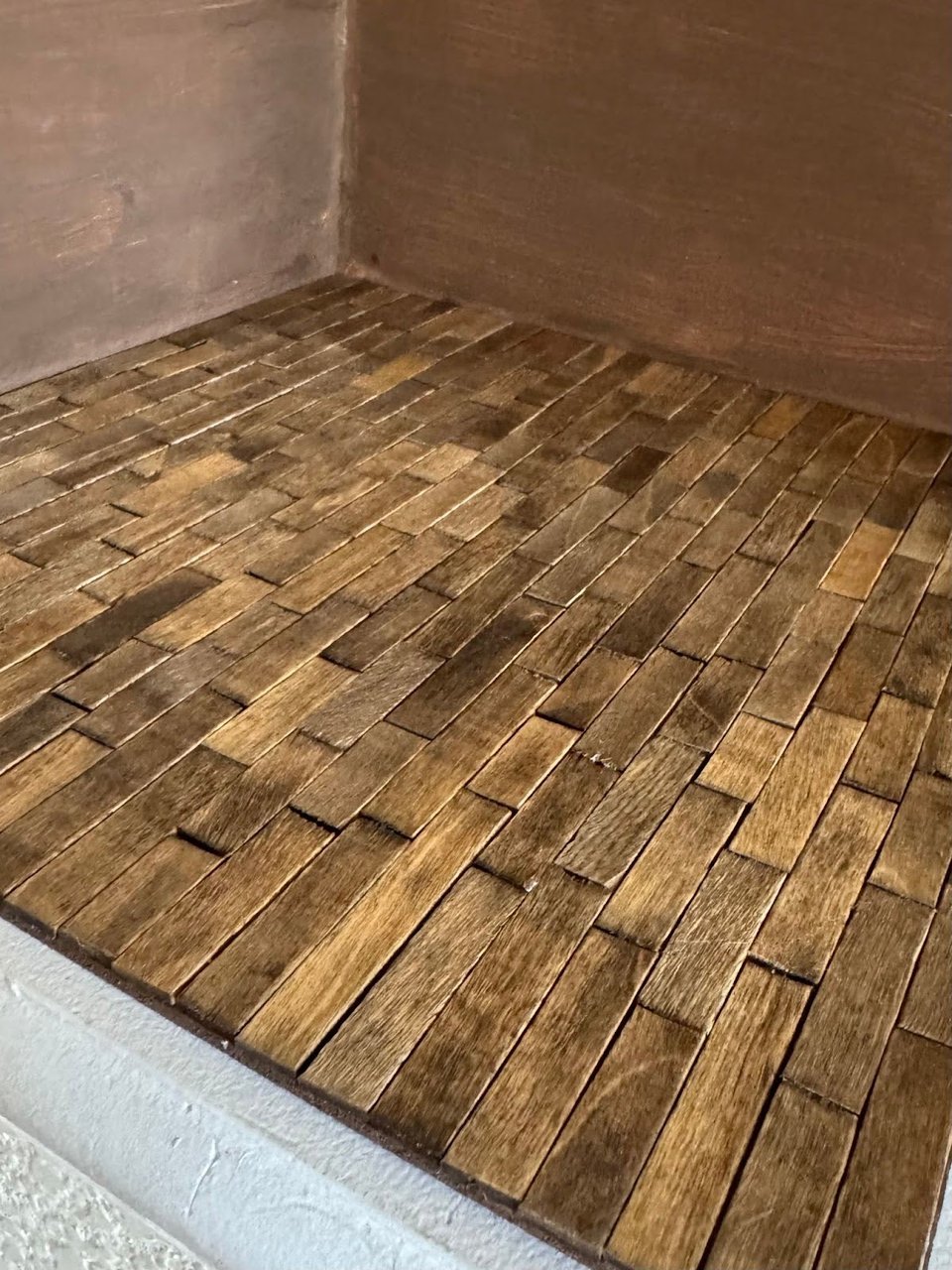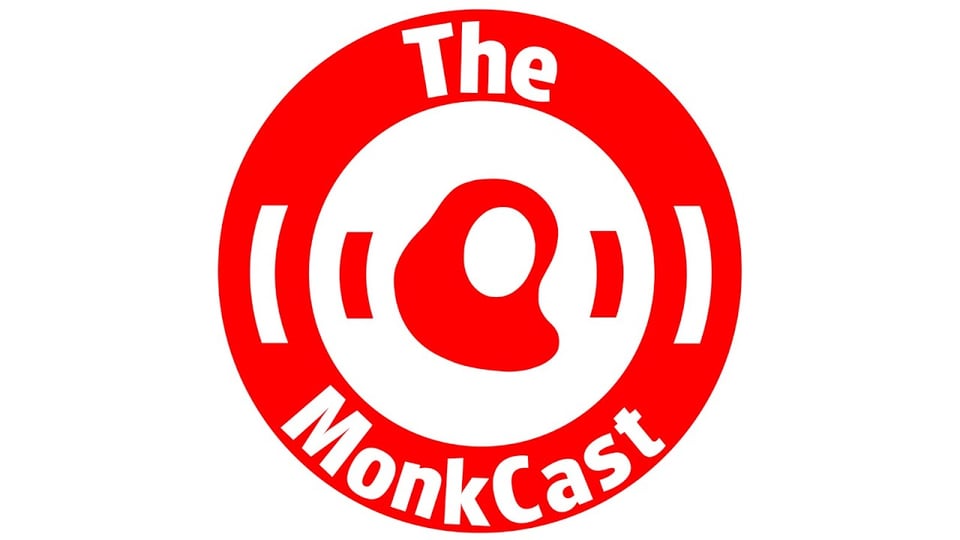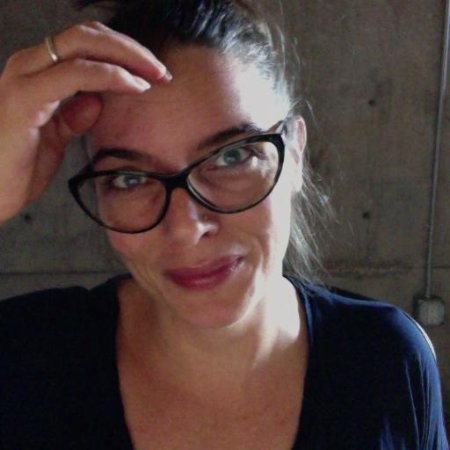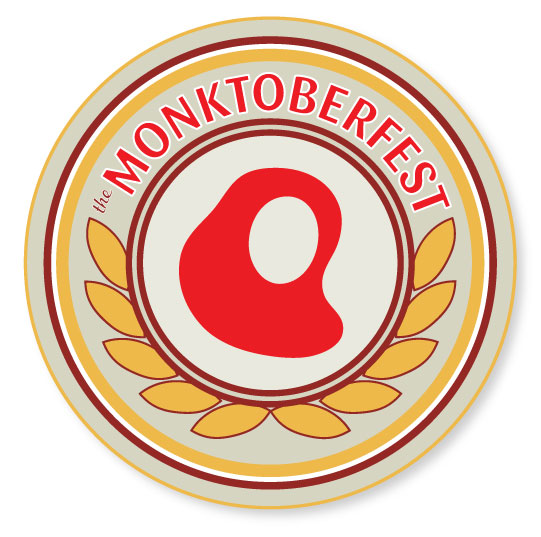RedMonk May 2025 Update

A small, sharp research firm focusing on developer-led technology adoption and developer culture. We help folks understand the industry by understanding you.
I made a floor out of popsicle sticks.
My mom is currently building a 1:12 scale model and let me join her for an afternoon of crafting. She’d already cut all the popsicle sticks down. From there she and I stained them all and laid everything out like a puzzle, making sure each row was even in length and ensuring we liked how the seams lined up. Then we carefully glued each piece down using tweezers.
It was delightfully meticulous work, and an excellent way to spend time together on Mother’s Day. No one else is likely to marvel at this miniature flooring, but we do because we know what went into it.

So, how about that Synadia-CNCF kerfuffle? (Did you not keep up with the open source ecosystem drama du jour? Don’t worry, we have several links for you below that will catch you up.) The Monks have plenty of opinions about this situation, but in this letter I want to talk about the state of open source more broadly.
The open source ecosystem’s taken a hit in recent years. There’ve been repeated incidents of licenses shifting between open and closed. The definition of open source AI was fiercely fought. Now this latest incident revealed, per my colleague Steve, “that widespread bitterness towards and distaste for foundations remains a stronger force than may be commonly understood or appreciated.”
The fault lines in the open source ecosystem are wide, and incidents like this make the situation more tenuous. But there are things that I think we (mostly) can agree on.
The work foundations are doing is both important and imperfect.
It is absurdly difficult to run a commercially viable software company, particularly an open core one.
The work it takes to be the maintainer of an open source project is hard and thankless.
All of these things can be true at once, and I fear we often invalidate each other’s struggles while we fight our own battles. We do the meticulous hard work; we want it to be seen and recognized, to mean something. Imperfect or not, RedMonk appreciates all the various aspects of work that goes into sustaining this ecosystem because open source is critically important, and we all play a role in its continued viability.
We’ve made something beautiful here, but it is absolutely not structurally sound (in fact, it’s absolutely load bearing.) Open source is not a miniature scale endeavor, but somehow we are still standing on a floor of popsicle sticks.
-- Rachel
Links Roundup
Very handy - and much-needed - idea to get better feedback from AI chat companions (lie to the AI and say that what you are having it review is not your own work).
This post from Ashley Willis. “Developers are navigating an environment that’s changing faster than documentation can keep up. If we pretend we have it all figured out, we lose credibility. If we’re honest about the learning process, if we invite people into it, we build trust.”
Charity Majors at Honeycomb provides excellent updates to her 2018 piece "how much you should be spending on observability?" Part 1 dives into cost drivers and Part 2 goes into levers of control.
Hillary Mason of Hidden Door describes the three different definitions people are using when they are talking about agents: (you should click and read about 100 LLM calls in a trenchcoat.)
Ashley Willis on what she is and is not doing with MCP: "When abstraction works well, it speeds us up. When it doesn’t, it hides everything you’ll wish you could see when something breaks."
The Firefox code base has moved off Mercurial and onto GitHub.
OpenAI buys Windsurf for $3.0B. The industry has long focused on the value of the underlying model, but this is an another clear signal about the value of the wrapper.
Recent RedMonk Research
Heroku's PaaSt and Present: an exploration of Heroku's recent platform rewrite. RM clients mentioned: Salesforce, Docker, Google, and GitHub
A quick look at the Redis relicensing, the recent rise of the AGPL and decline of the SSPL, CNCF vs Synadia and what it all means for open source. RM clients mentioned: AWS and MongoDB
Kate Holterhoff has been tracking two competing JavaScript paradigms—compiler-driven optimization and signals-based reactivity—and exploring their potential to shape the future of SPAs. In this RedMonk post, she breaks down where things stand and why it matters. RM clients mentioned: Google
Recent Videos and Media Appearances
RedMonk cofounders James Governor and Stephen O’Grady share their top insights from Google Next 2025: RedMonk Quick Take – Google NEXT 2025: Natural Language Queries, Data Platform Standardization and the event’s too Big!
At Google Next 2025, James Governor highlights a major shift: Google’s swagger is back. While rivals rely on third-party models like ChatGPT and Claude, Google is doubling down on native innovation. The result? A more precise, developer-friendly experience that reflects growing confidence in its enterprise AI strategy: RedMonk Quick Take – Google NEXT 2025: Google’s Swagger is Back, Leading with Gemini
At Google Next 2025, Steve O’Grady shares key insights on the evolving role of AI in enterprise tech. From decades of AI innovation to a future of integrated, standardized services, Google is moving from isolated tools to powerful, connected systems: RedMonk Quick Take – Google NEXT 2025: AI, Platforms and Model Context Protocol (MCP)
James Governor speaks with Mike Long, CEO of Kosli, about the challenges and evolving practices of software governance and compliance in regulated industries: A RedMonk Conversation: Automated Governance and Compliance in Software Delivery. What to Even Call This?
Exclusively on the MonkCast

Kate Holterhoff took the MonkCast on the road to devopsdays Atlanta 2025. In episode 1 of this 2-part series, Kate interviews Andrew Clay Shafer, John Willis, and Katie Anderson about their devopsdays talks, their interest in W. Edwards Deming, and the roast of John Willis: MonkCast On the Road: devopsdays Atlanta 2025 – E1
In episode 2 of this 2-part series from devopsdays Atlanta 2025, Kate interviews Rachel-Lee Nabors, Nathen Harvey, Pratik Parikh & Kimasia Ayers about their devopsdays talks and the roast of John Willis. Other subjects covered include how AI is changing the way developers build; the impact of generative AI on the software development lifecycle, and what’s often missing when we talk about “user-centered design” in tech: MonkCast On the Road: devopsdays Atlanta 2025 – E2
RedMonk Recommends

Sara Dornsife is a marketing generalist with experience across marketing disciplines that RedMonk has worked with (and recommended) for years. From larger companies like Sun and Paypal to startups like Heroku or Heptio, she’s led, managed and mentored marketing teams spanning diverse brands and product lines. Whether it’s managing brands, running events or marshalling outbound content, Sara has done the work. More importantly, she’s done it with a creative flair.
Whether it’s another startup or a larger company, Sara’s looking for an opportunity to either build or lead a team to market a product and a vision she can have a meaningful impact on. The product doesn’t have to be strictly developer focused, but she’s got a wealth of experience in that area.
Speak at The Monktoberfest 2025

Our call for proposals form is open at this link. In the past, we've had first time speakers, we've had people who've been doing it for years. At the end of the day, we're simply looking for excellent talks you wouldn't hear at any other conference.
Meet the Monks
Events we'll be attending:
Red Hat Summit: 19 - 22 May 2025, Boston, MA
Microsoft Build: 19 - 22 May 2025, Seattle, WA
Google I/O: 20 May 2025, Mountain View, CA
RenderATL: 11 - 13 June 2025, Atlanta, GA
Open Source Summit NA: 23 - 26 June 2025, Denver, CO
Events we'll be hosting:
The Monktoberfest 2025: 2 - 3 October 2025, Portland, ME